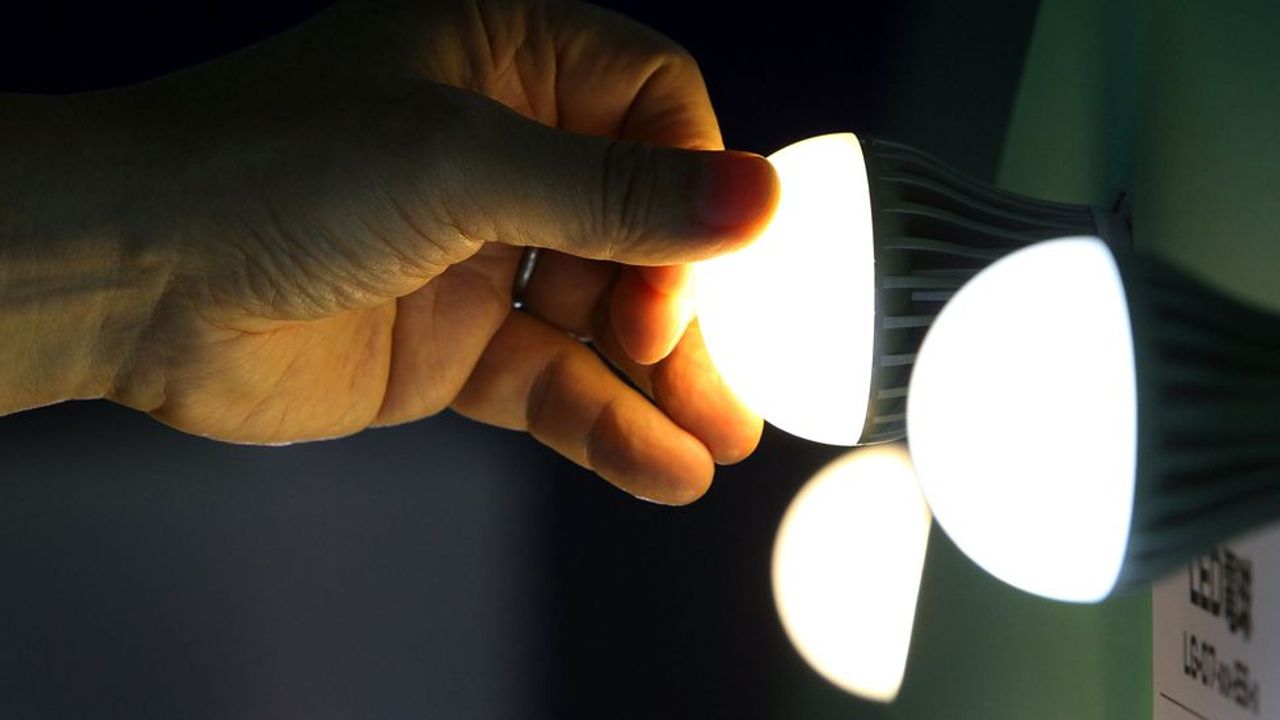Table of Contents
LED lights’ brilliant luminosity is not just a result of their technological prowess; rather, it has its roots in the fascinating field of semiconductor physics. This investigation delves into the scientific phenomena underlying the luminosity and energy efficiency of light-emitting diodes (LEDs), promoting environmental sustainability.
Semiconductor Symphony
The core component of every light-emitting diode (LED) is a semiconductor, which assumes a crucial function in the intricate interplay between light and electrons. Imagine a vibrant marketplace teeming with electrons and minute entities that can transport electrical charges. Semiconductors possess distinctive properties that enable them to regulate the movement of electrons. The application of electricity initiates a cascading sequence of events. Electrons undergo an energy acquisition process and transition to elevated energy states, thus generating vacancies known as “holes.” When these electrons are excited and transition to lower energy levels, they emit energy in the form of photons, which are discrete packets of light. The phenomenon referred to as electroluminescence is responsible for the captivating luminosity shown by LEDs.
Dazzling Efficiency
The efficiency of LEDs is a notable achievement in the fields of science and engineering. In contrast to conventional incandescent bulbs, which produce light by causing a filament to vibrate due to heat, light-emitting diodes (LEDs) function based on the concept of energy conversion. Through the optimization of semiconductor characteristics and precise regulation of electron flow, light-emitting diodes (LEDs) can attain remarkable levels of efficiency. This is accomplished by converting a greater proportion of input energy into visible light while minimizing energy loss in heat. This attribute represents a significant advancement, impacting both energy efficiency and the lifespan of LED bulbs, which surpass conventional alternatives in terms of robustness.
The Blue Revolution
The narrative around the advancement of LED technology takes a compelling twist with the emergence of blue LEDs. Although red and green LEDs have existed for some time, the development of blue LEDs posed a significant barrier owing to the difficulties associated with identifying an appropriate semiconductor material. The pivotal advancement occurred during the 1990s, when three scientists, namely Isamu Akasaki, Hiroshi Amano, and Shuji Nakamura, achieved a significant milestone by effectively creating high-performance blue LEDs utilizing gallium nitride. This apparent little accomplishment initiated a significant revolution in the technology field by facilitating the generation of white light through the amalgamation of blue light and phosphors. The development mentioned above has facilitated the emergence of energy-efficient white LED lights, which have since become ubiquitous in residential and commercial settings.
Miniaturization Magic
As technological advancements progress, the LED revolution also advances in parallel. An intriguing area of investigation is the utilization of quantum dots, which are minuscule semiconductor particles, to adjust the color emission of LEDs precisely. Quantum dots present a diverse range of vivid hues and meticulous regulation of emitted light, introducing novel prospects for applications in displays, lighting design, and medicinal contexts. These little wonders serve as evidence of the continual collaboration between scientific research and LED technology advancement, wherein the limits of what is achievable are consistently expanded.
Lighting Up Tomorrow
As we contemplate the future, the dynamic interaction between the fields of science and engineering remains influential in determining the course of this technology. Researchers are making dedicated efforts to improve LEDs’ efficacy, precision of color reproduction, and adaptability. The continuous pursuit of unlocking the full capabilities of light is exemplified by several advancements in the field, such as integrating LEDs onto flexible surfaces and exploring organic LEDs. With every technological advancement, humanity moves closer to a future in which LED lighting serves as more than simply a symbol of brilliance but as evidence of human innovation, guiding us towards a more illuminated, efficient, and environmentally friendly society.
The realm of light-emitting diodes (LEDs) conceals an intriguing narrative of scientific exploration, inventive breakthroughs, and enhanced efficacy. By comprehending the complex interplay between semiconductors and electroluminescence, we can develop a deeper appreciation for the remarkable luminosity that LED lighting exhibits. As we contemplate the intricate interaction between photons and electrons, it serves as a poignant reminder that the forthcoming advancements in lighting encompass not just luminosity but also a captivating fusion of scientific and technological endeavors, guiding us toward a more radiant and environmentally sustainable future.





